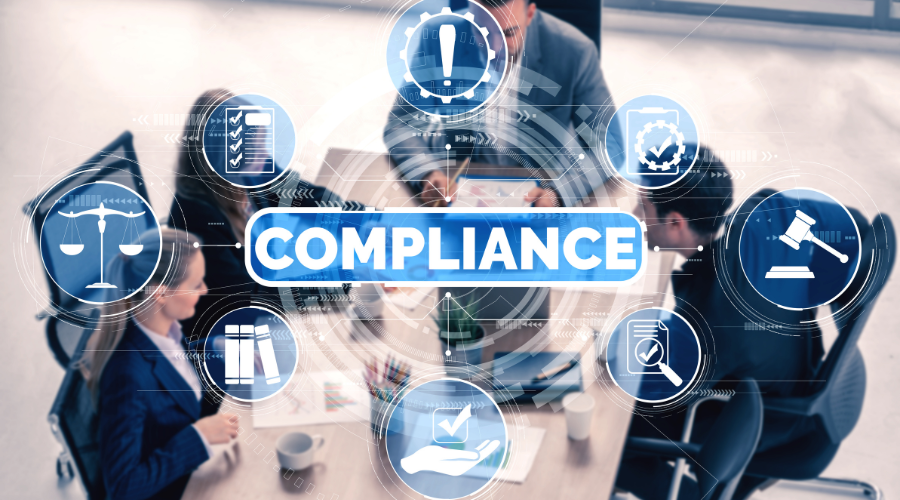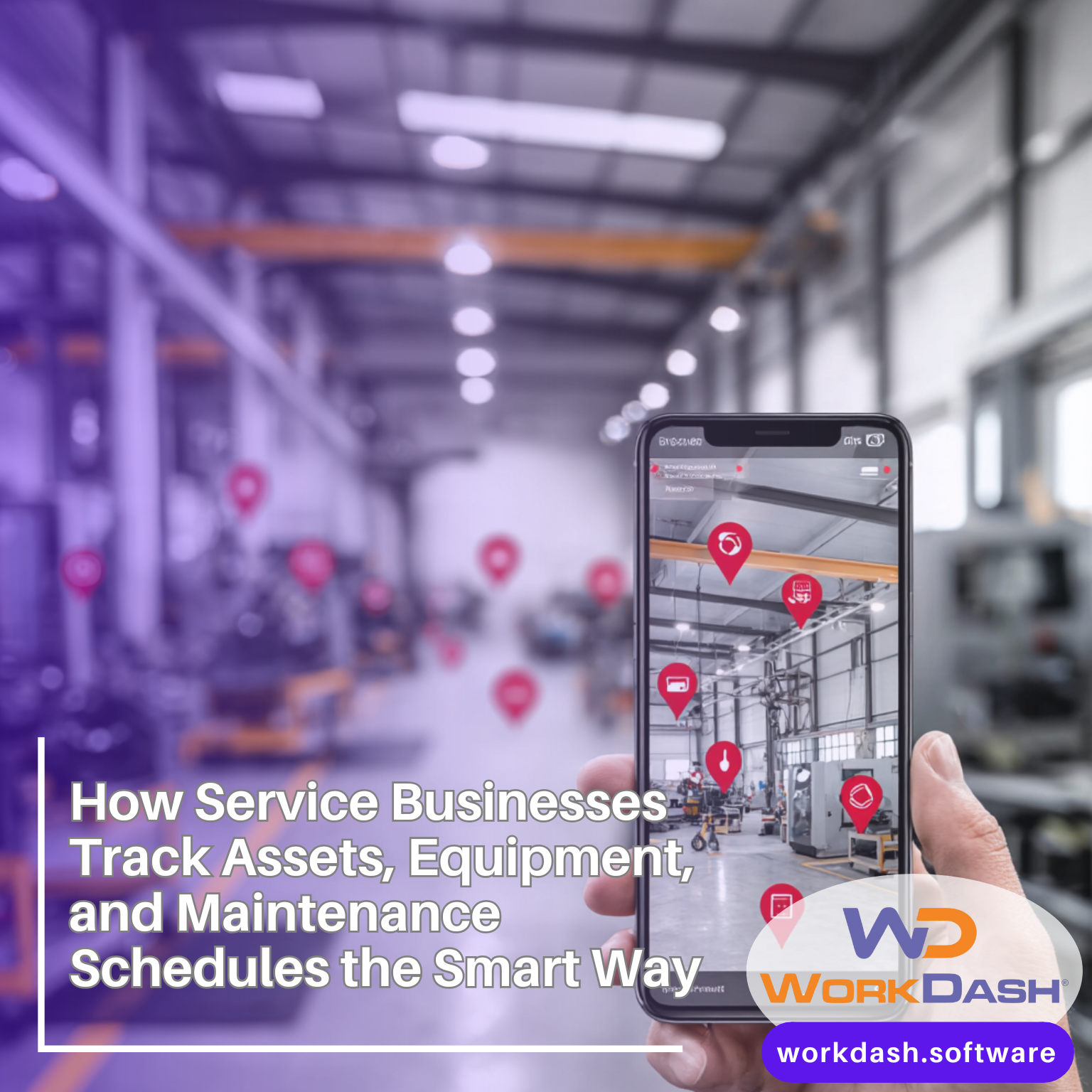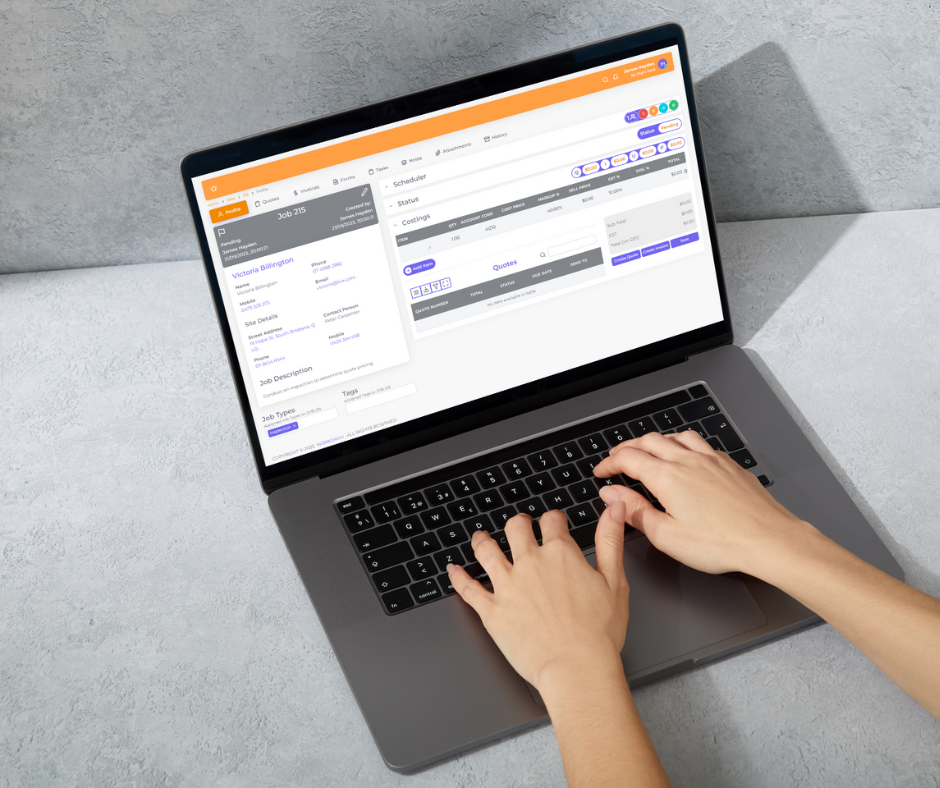Table of Contents
How to Create an Effective Business Compliance Plan
Setting up a solid compliance program is crucial for any Australian business wanting to meet its legal obligations, avoid hefty fines, and maintain a good standing in the community. It’s not just about ticking boxes — a well-structured compliance plan ensures your business operates ethically, protects your reputation, and helps you navigate the ever-evolving regulatory landscape.
Here’s a straightforward guide to building your own compliance program, tailored to the unique needs of your business.
1. Identify Applicable Regulations
The first step is to get a clear understanding of the laws and regulations that apply to your industry. In Australia, businesses are subject to various local, state, and federal regulations, so it’s essential to know what governs your particular sector.
Some key areas you’ll need to consider as a compliance within the business are:
Workplace Health and Safety (WHS)
Complying with the Work Health and Safety Act 2011 to keep your workers safe.
Employment Law
Ensuring fair wages, entitlements, and workplace conditions under the Fair Work Act 2009.
Privacy Laws
Adhering to the Privacy Act 1988 to protect personal data and avoid breaches.
Environmental Regulations
Following environmental standards set out in the Environment Protection and Biodiversity Conservation Act 1999.
Consumer Law
Meeting obligations under the Australian Consumer Law to ensure fair trade and protect consumers.
ISO 45001?
ISO 45001 is an international standard for Occupational Health and Safety Management Systems (OHSMS). Its primary goal is to create a safer workplace by managing risks, reducing accidents, and ensuring compliance with workplace health and safety regulations. For Australian businesses, complying with ISO 45001 can help meet national safety laws and foster a culture of health and safety.
ISO 9001?
ISO 9001 is the Quality Management System (QMS) standard that helps businesses consistently meet customer and regulatory requirements. It focuses on delivering high-quality products or services by refining processes, reducing waste, and improving efficiency. For Australian companies, ISO 9001 ensures that products and services meet international and local standards of excellence, helping you stand out in a competitive market.
2. Assess Compliance Risks
After identifying the relevant regulations, the next step is to assess the risks within your business. This involves a deep dive into your operations to pinpoint areas where you might be falling short.
Here’s how to get started :
-
Conduct a gap analysis – Compare your current processes with what’s legally required to highlight any shortcomings.
-
Review your operations – Look at how your business functions daily, from data handling to employee management, and identify where you might be vulnerable.
-
Engage with staff – Involve your team to get a clearer picture of potential risks from different parts of the business.
-
Prioritise risks – Some compliance breaches carry more severe consequences than others, so rank these risks based on the level of impact they might have on your business.
For instance, if your company deals with customer data, there’s a high risk of privacy breaches. You’ll need to take immediate action to close any gaps in your data protection protocols.
3. Develop Clear Policies and Procedures
Once you’ve identified the risks, it’s time to create policies and procedures that ensure your business complies with the law. These policies should be easy to understand and practical for your team to follow.
Consider the following when developing your policies:
-
Be clear and concise – Write policies in plain language, avoiding legal jargon where possible. Your team should easily grasp what’s required of them.
-
Define roles and responsibilities – Clearly outline who is responsible for what. This ensures accountability across your organisation.
-
Document everything – Create thorough documentation for all policies and procedures. Keep these documents up-to-date and accessible to your staff.
-
Establish processes – Set up standard operating procedures (SOPs) so that compliance becomes a seamless part of everyday operations.
For example, if you need to ensure compliance with health and safety regulations, your policies should detail how to identify hazards, report incidents, and train staff on safety procedures.
4. Train Your Employees
No matter how well-written your policies are, they won’t be effective unless your employees understand and follow them. Staff training is a critical part of any compliance program. It ensures everyone is on the same page and knows their role in maintaining compliance.
To ensure your training is effective:
-
Provide regular sessions – Include compliance training in the onboarding process and offer regular refresher courses to keep staff updated.
-
Tailor the training – Make sure training is relevant to specific roles. For example, your HR team may need in-depth training on employment laws, while customer service teams might need a focus on privacy regulations.
-
Use real-life examples – Relate the training back to practical, everyday situations your employees might face. This makes it easier for them to apply the knowledge.
-
Encourage an open dialogue – Let your staff know they can raise questions or concerns about compliance without fear of repercussions.
Regular training helps build a culture of compliance within your business, reducing the risk of unintentional breaches.
5. Monitor and Review Your Business Compliance Plan
A successful business compliance plan isn’t something you can implement once and then forget about. Both regulations and your business evolve over time, making it essential to regularly monitor and review your compliance program. Doing so ensures your business continues to meet all standards and ethical practices, and remains agile in adapting to any changes in the regulatory environment. Constantly refining and updating your compliance plan can prevent costly penalties and safeguard your company’s reputation.
Here’s how you can effectively monitor and review your compliance business plan:
Conduct Internal Audits
Internal audits are a proactive way to check if your business processes are aligned with your compliance policies. By regularly auditing various aspects of your operations—such as financial management, data privacy, or employee safety—you can identify any areas where you’re falling short. Audits provide a thorough assessment of your company’s compliance status and give you the chance to fix any issues before they become serious problems.
-
Set a regular audit schedule – Carry out compliance audits periodically to ensure nothing slips through the cracks.
-
Use audit results for improvement – The findings from these audits should be used to update processes and policies to close any gaps or vulnerabilities.
Update Policies as Laws Change
Compliance laws and regulations can shift, sometimes unexpectedly. It’s crucial to stay informed about changes in legislation that could impact your business. When new laws are introduced or existing ones are amended, your compliance policies need to reflect these changes promptly.
-
Monitor legal changes – Stay up to date with regulatory changes by subscribing to industry newsletters, joining trade associations, or working with legal consultants.
-
Amend policies accordingly – As soon as new regulations come into effect, update your internal policies and procedures to remain compliant.
-
Communicate changes to staff – Ensure your team is well-informed about any policy updates through regular training or internal communication channels.
Listen to Employee Feedback
Your employees are on the front lines and may encounter compliance issues that leadership might not notice. Creating a culture where staff feel comfortable providing feedback on compliance matters is essential to maintaining an effective program.
-
Encourage open communication – Let employees know that their feedback on compliance is welcome and valued.
-
Incorporate feedback into reviews – Use employee insights to refine your policies and procedures. They may uncover practical issues or areas for improvement that audits may miss.
-
Act on concerns promptly – If employees raise concerns about potential compliance risks, address them immediately to prevent more significant issues down the track.
Track Incidents and Learn from Them
Tracking incidents such as compliance breaches, near misses, or even minor infractions helps you identify patterns that need to be addressed. Every incident is an opportunity to strengthen your compliance efforts and prevent similar situations from occurring again.
-
Maintain thorough records – Document every breach or near miss in detail, including what happened, why it occurred, and how it was handled.
-
Use incidents as case studies – Analyse these situations to understand how they can be avoided in the future, using them to inform your compliance training and procedures.
-
Refine your plan – Continuously adapt and improve your compliance program based on the lessons learned from tracking incidents.
By staying proactive and continuously updating your compliance program, you’ll reduce the risk of penalties and maintain a strong reputation in your industry.
Final Thoughts: Take Control of Your Business Compliance
Business compliance is the process of ensuring that your organisation and its employees adhere to the relevant laws, regulations, standards, and ethical practices applicable to your industry.
Developing a compliance program is an ongoing process, but it’s one that every Australian business needs to prioritise. By identifying applicable laws, assessing risks, creating clear policies, training your employees, and regularly reviewing your processes, you’ll be in a strong position to meet your legal obligations and protect your business.
Remember, compliance is more than just a legal requirement – it’s about building a trustworthy, reputable business that stands the test of time.
Ready to simplify compliance and safeguard your business? With WorkDash’s Compliance Feature, you can automate and streamline your compliance processes, keeping your business up to date with the latest regulations. Take control today!
Book a demo with WorkDash and see how we can help your business stay compliant effortlessly.





